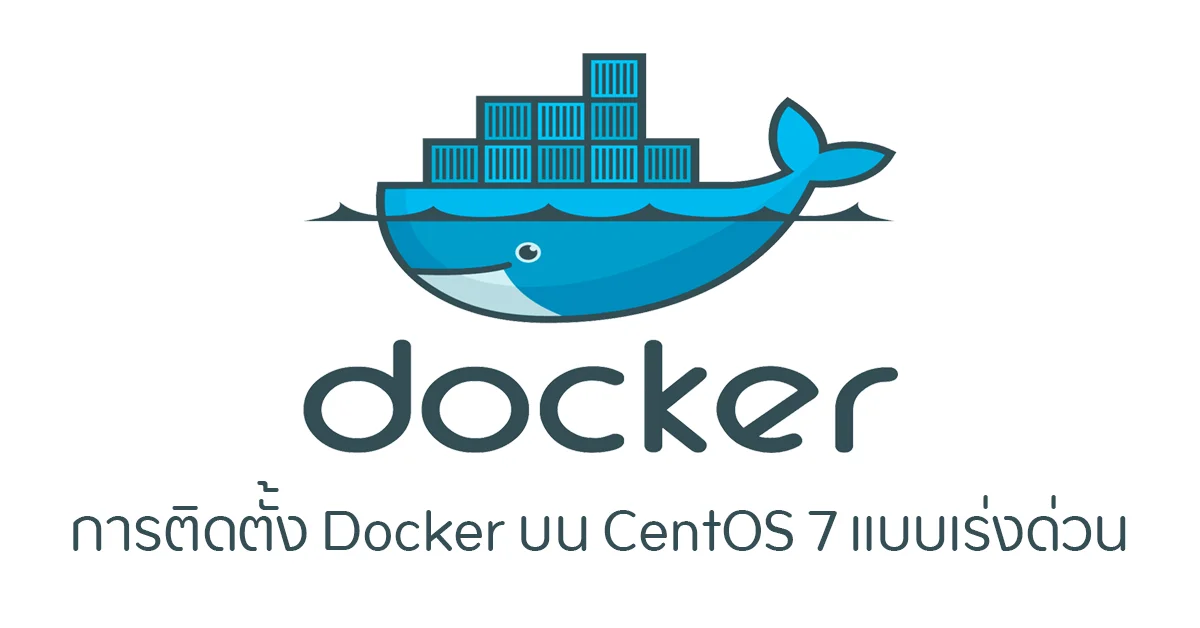

Kernel configuration found at /boot/config-3.10.86_64ĬONFIG_NETFILTER_XT_TARGET_CHECKSUM: enabled Kernel configuration not found at /proc/config.gz searching. Run the following command to check everything is fine to run containers. # yum -y install lxc lxc-templates libcap-devel libcgroup busybox wget bridge-utils lxc-extra Install the LXC and other important packages required for the containers to work properly. Once you have completed prerequisites, it’s a time to install LXC. The name of the network bridge should be “virbr0” Install LXC on CentOS 7 LXC containers use bridge networking to have access to/from an external network, before starting the container we must create a network bridge on CentOS 7 / RHEL 7. So we need to add EPEL repository to the server using the following command. In this guide, I will show you how to install LXC, and how to create and manage LXC using the command line as well as using LXC Web Portal. The LXC project is sponsored by Canonical Ltd who is behind Ubuntu OS. LXC is free software, and it is released under GNU LGPLv2.1+ license. LXC creates a Linux environment as close as to a standard Linux installation but without the need for the separate kernel. LXC does not provide all the features of standard virtualization software such as VMware, VirtualBox, and KVM but rather it provides a virtual environment that has its own CPU, memory, blocks I/O, network. Linux containers (LXC), is a lightweight operating system-level virtualization method that allows us to run multiple isolated Linux systems (containers) on a single host.


 0 kommentar(er)
0 kommentar(er)
